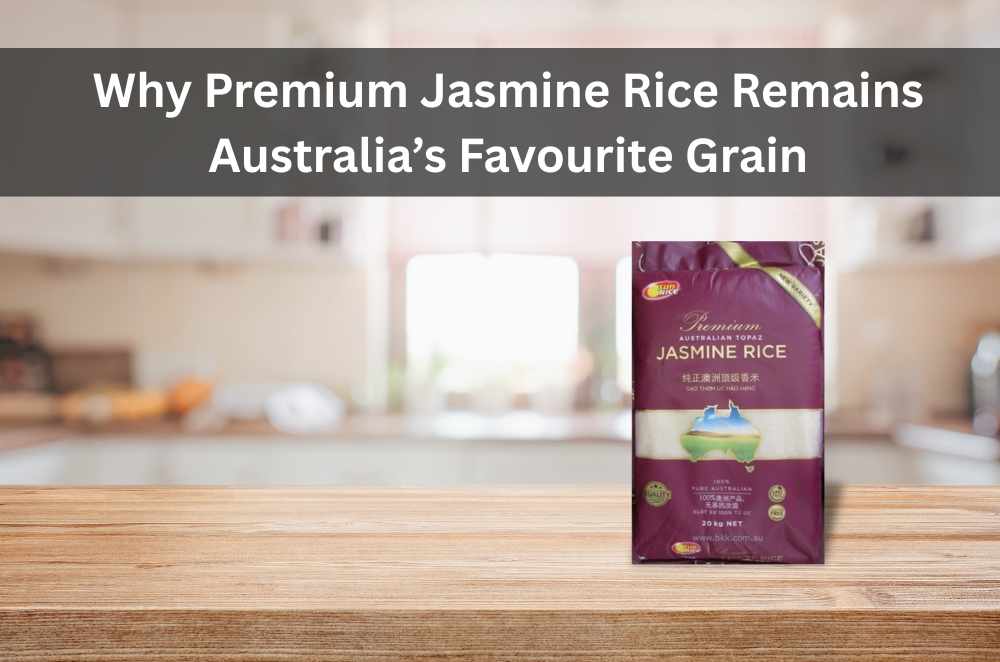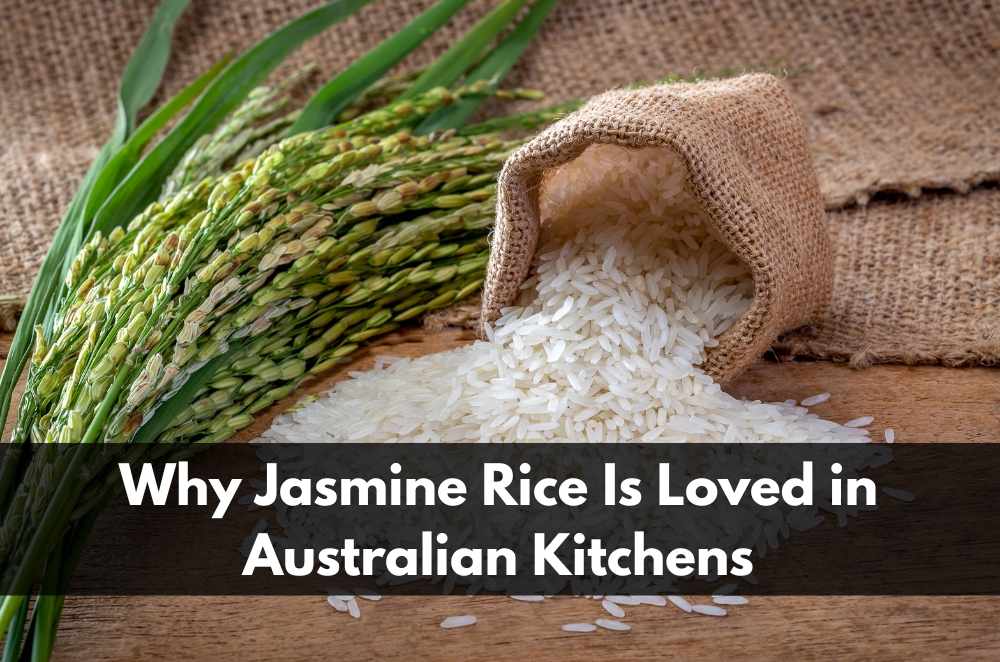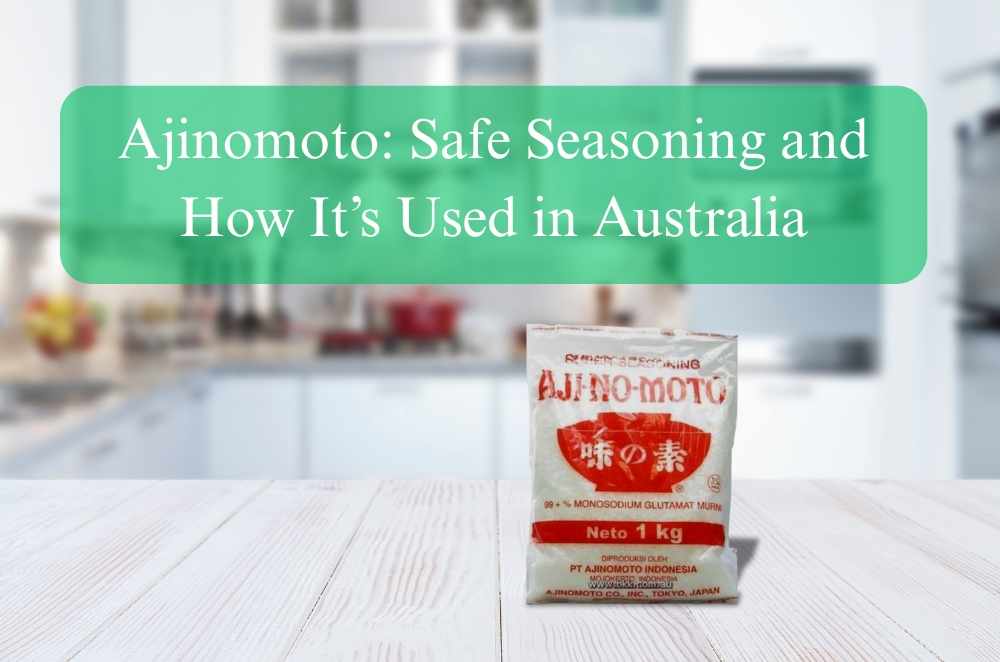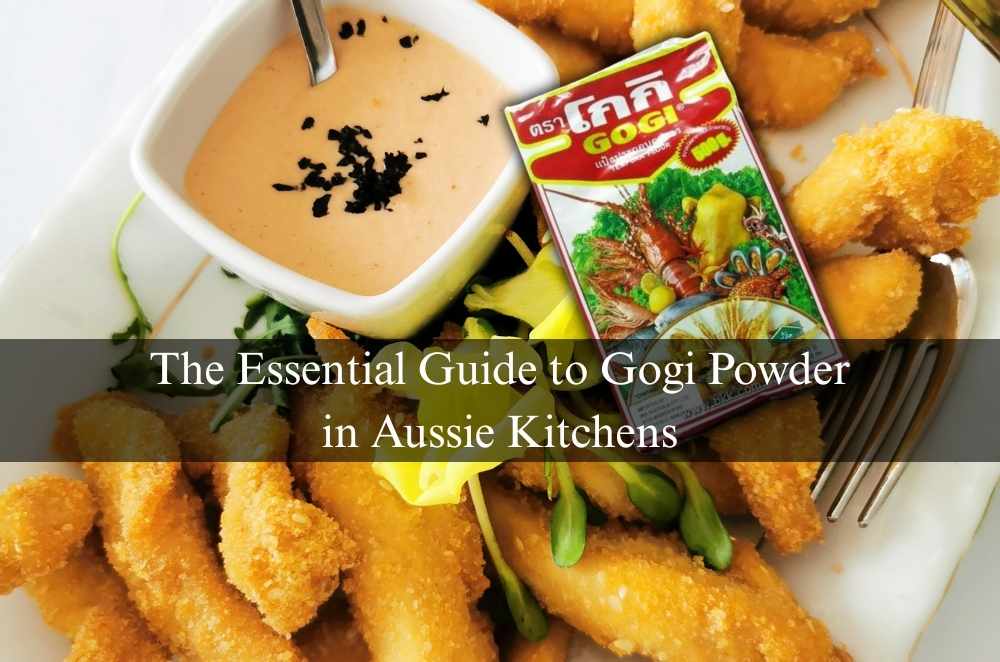
You don’t have to be a chef to appreciate what jasmine rice Thailand offers. From the moment it starts steaming, that gentle floral aroma fills the kitchen — and you know dinner’s going to be something special.
When I first cooked it at home, the difference from regular rice was undeniable. Softer texture, fragrant steam, and it actually complemented the curry instead of disappearing into it. I’ve been hooked ever since. It became more than just a side — it was something I started building my meals around.
What makes Thai jasmine rice stand out?
Not all jasmine rice is created equal. Grown primarily in Thailand’s northeast, the Hom Mali variety has longer grains, a naturally fragrant profile, and a slightly sticky texture that’s ideal for spooning up rich sauces or folding into stir-fries.
There’s also a balance to it that’s hard to explain unless you’ve tasted it — a lightness that doesn’t feel too starchy, yet it’s filling and satisfying. That’s why I always keep a pack of the best tasting jasmine rice stocked in the pantry. It just works.
What to look for when buying jasmine rice
Here’s what I go by every time I shop for jasmine rice:
Look for “Product of Thailand” on the bag
Choose AAA or premium grade options
Avoid broken grains — they affect the texture
Lightly squeeze the pack — fresher rice feels firmer
Check for a subtle aroma even before cooking
Why Australians are making the switch
Aussies love their Asian flavours — and jasmine rice fits right in. It’s versatile, easy to cook, and makes everything from Thai basil chicken to lemongrass pork shine. But taste alone isn’t why it’s gained traction.
Safety and quality matter too. That’s where rice varieties Australia has come into play. Strict import standards mean what you’re buying meets food safety regulations, giving households peace of mind, without compromising flavour. Plus, as more people become aware of food traceability and authenticity, trusted sourcing becomes a bigger priority.

Jasmine rice and sustainability: what Aussie shoppers should know
These days, more Aussies are thinking about where their food actually comes from — and rice is no exception. The thing is, a lot of people don’t realise that jasmine rice from Thailand is often grown the old-school way, using methods that are surprisingly low-impact.
In places like Isan, farmers still rely on seasonal rains instead of heavy irrigation, and they rotate their crops the way their families have done for generations. It’s not always flashy, but it works — and it keeps the soil healthy without pumping in loads of chemicals.
Some Thai exporters are even chasing fair trade or organic badges now, especially for export to places like Australia, where shoppers care about that stuff. And honestly, it’s nice knowing your rice isn’t just good — it’s doing good, too.
The connection between responsible sourcing and quality is real, and as a consumer, that feels good to support.
How jasmine rice fits into modern Australian meals
Gone are the days when rice was just a side to throw on a plate. Aussie kitchens today are turning jasmine rice into a centrepiece — think rice bowls loaded with pickled veg and grilled chicken, or meal-prep containers with stir-fried tofu and greens.
It’s also perfect for families juggling busy schedules. Cook a batch on Sunday and use it all week — fried rice, burrito bowls, breakfast congee, or stuffed veggies. The versatility is endless, and the texture holds up better than other varieties I’ve tried.
One of my go-to tricks? Freezing cooked jasmine rice in small batches. It reheats perfectly and saves me on nights when I just don’t want to cook from scratch. It’s flavour and convenience, all in one — and the perfect match for busy lives.
How to elevate your jasmine rice game
Want to take your rice beyond plain white fluff? Easy:
Use coconut milk instead of water for a creamy texture
Add crushed lemongrass or kaffir lime while steaming
Garnish with toasted sesame seeds or crispy garlic
Stir through some chopped Thai basil or coriander
Need more flavour ideas? This post on what to add to jasmine rice has plenty of chef-style tips that work for busy home cooks too. Even leftovers become something exciting with just a few tweaks.
The biggest mistakes people make with jasmine rice
Cooking jasmine rice is simple — but the little things matter:
Don’t over-rinse: One or two rinses is enough
Watch the water ratio: 1 part rice to 1.2 parts water usually nails it
Let it rest: Ten minutes with the lid on after cooking makes it fluffier
No peeking: Lifting the lid ruins the final steam
I learned this the hard way. My early batches were a bit wet, a bit clumpy — and that lid-peeking habit? Had to go. Once I trusted the process (and my rice cooker), it all changed. A little patience makes a big difference.
Why jasmine rice deserves its staple status
From my family’s weeknight stir-fries to weekend pad Thai feasts, jasmine rice plays a role in just about every meal. And once I started using jasmine rice, I realised what I’d been missing.
This isn’t just a background ingredient. It’s a hero in its own right — bringing flavour, structure, and warmth to the plate. And once you’ve tasted the real thing, there’s no going back. In fact, it might just become the one ingredient you’ll never let your pantry run out of again.










Write a comment ...